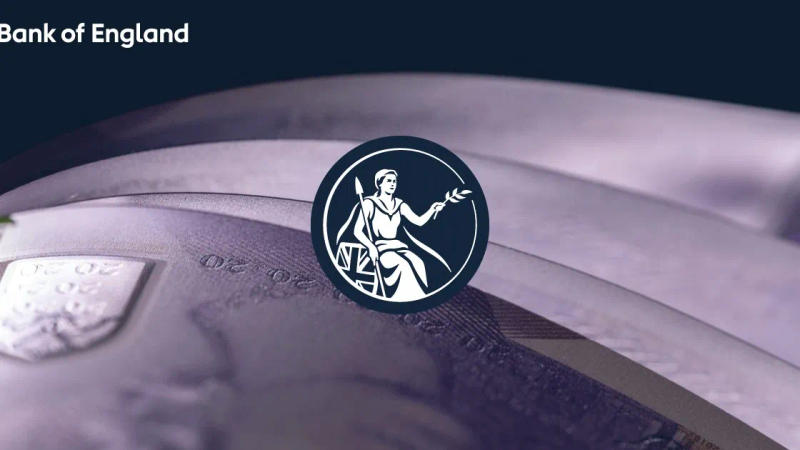Published 17:28 IST, July 31st 2024
UK ratesetters can stop worrying and start cutting
The BoE will announce its next interest rate decision on Aug. 1. A majority of economists expect the central bank to cut its benchmark rate from 5.25% to 5%.

Future, tense. The Bank of England is cutting it fine, but is fine cutting rates. With headline inflation at the 2% target, the central bank could on Thursday reasonably lower borrowing costs for the first time in four and a half years. Governor Andrew Bailey may yet decide to hold off due to high services inflation, rising wages and strong growth. A look into the future suggests those factors are not scary enough to stay his hand.
The market is struggling to guess what the BoE will do this week. Traders’ bets are split 60% to 40% between a rate cut and a hold, according to derivatives prices collected by LSEG. With benchmark rates at a 16-year peak of 5.25% and inflation back at 2%, those odds look, well, odd. Three key numbers can help explain the knife-edge nature of the decision – but also why holding rates would be the wrong choice.
The first number is 5.7% – the annual rate of services inflation recorded in June. Such a fast pace is worrying, from Bailey’s perspective, because services make up nearly 60% of the consumer price index and put upward pressure on overall inflation. But that’s unlikely to last because June’s number was distorted by a one-off spike in hotel prices. They rose nearly 9% from the previous month, perhaps because of increased demand due to Taylor Swift’s UK concerts.
The second key number is also 5.7%. This one represents the annual growth in wages, excluding bonuses, in the three months to May. Such pace is almost double what policymakers regard as consistent with 2% inflation. But here, too, the trend is the BoE’s friend. The UK labour market is weakening. At 4.4%, the unemployment rate is the highest since September 2021 and very close to the 4.5% the BoE considers a non-inflationary level. Moreover, the number of vacant positions decreased again in the three months to June, the 24th consecutive quarterly fall, and is now almost back at pre-pandemic levels.

The third number is 0.4%. That’s the month-on-month expansion in GDP for May – a big rebound from April’s zero growth. Bailey may worry that an economic pickup will reignite inflationary pressures. But there is little evidence of that. When the BoE polled more than 2,200 finance directors at UK-based firms in June, it found they expected inflation, employment growth and wage increases to fall in the next 12 months – hardly the sign of an overheating economy.
To be sure, Bailey and his colleagues could probably wait until September to lower borrowing costs without causing economic conniptions. But given that rates have been this high for a year and Bailey’s bugbears are likely to disappear soon, it makes more sense to give households and companies a breather.
Context News
The Bank of England will announce its next interest rate decision on Aug. 1. A majority of economists polled by Reuters expect the central bank to cut its benchmark rate from 5.25% to 5%.
Updated 17:28 IST, July 31st 2024
